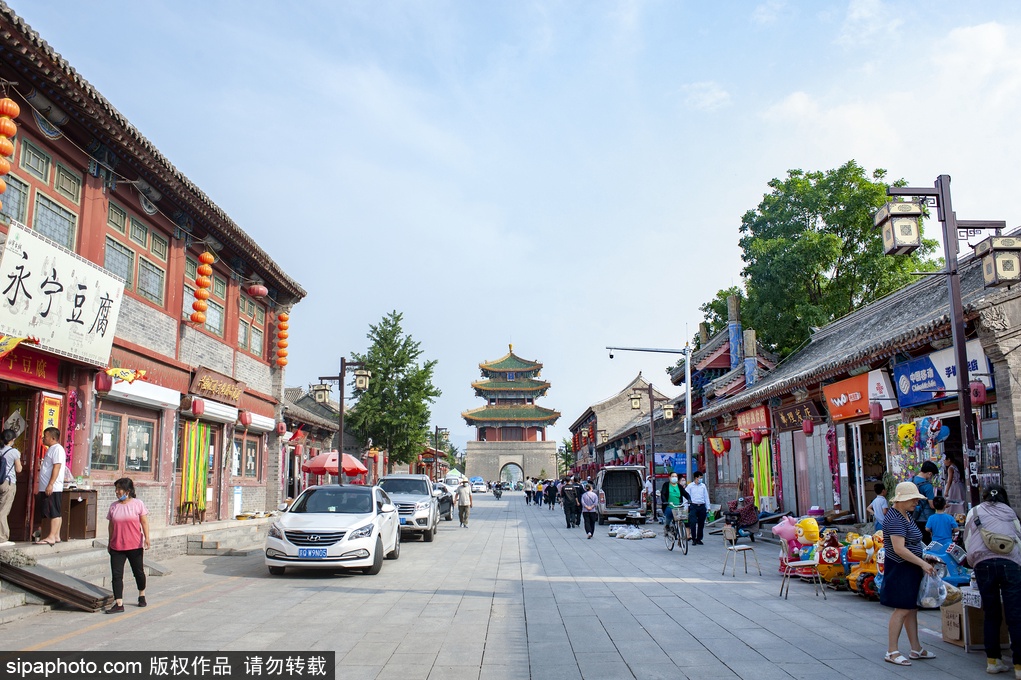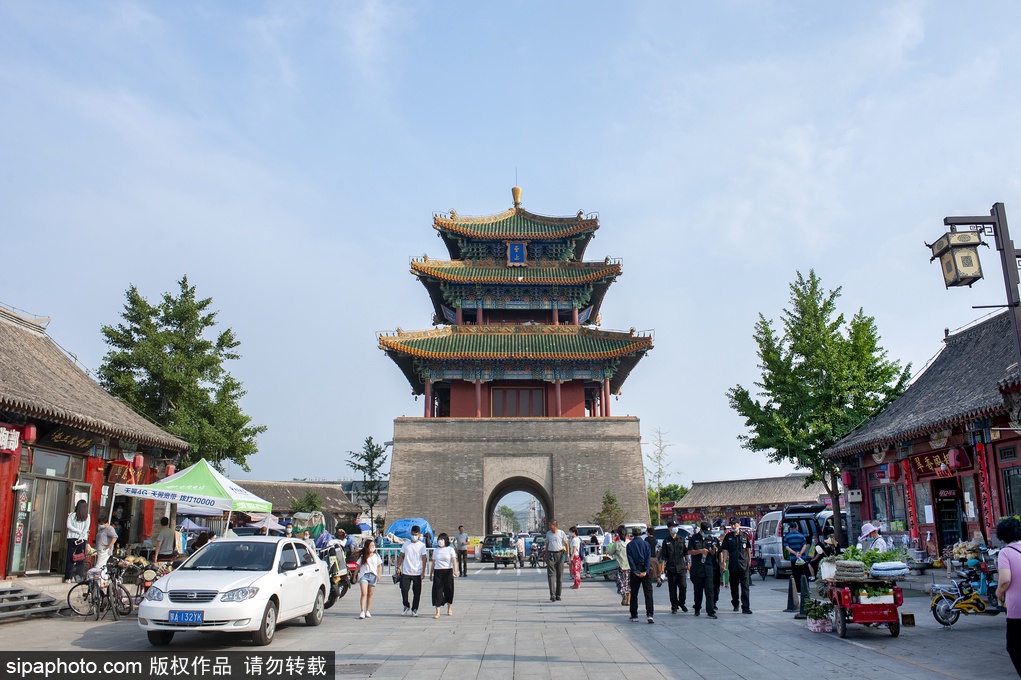Walk on the fallen leaves, go into the deep mountains where people rarely visit, take a trip to the Cangmi ancient road and enjoy the enchanting autumn.

Cangmi ancient road is located in the deepest section of Baihe Gorge in Yanqing District in the eastern part of Beijing. In ancient times, it was a key pass to transport stored Cangmi from Pearl Spring Township to the mountainous area, and hence the name. Surrounded by mountains on all sides, its average altitude is 600 meters. The annual average temperature here is 6℃ lower than that of downtown Beijing, and the forest greenery rate is as high as 93%. With beautiful scenery and fewer people, it is a purely natural idyll untouched by war and industrial pollution.
Yongning Ancient City has a long history and a county was established in the 12th year of Yongle period (1414 AD) in the Ming Dynasty. Yongning City is a standard city, with a gatehouse and urn city in all sides. The north-south axis and the east-west axis meet at the construction of a pavilion, named Jade Emperor Pavilion, which is more than 30 meters high. It has three layers, and the following two layers features a wooden staircase for people to climb up. The stone tablet in the pavilion records that the pavilion was built in the 18th year of the Zhenguan period in the Tang Dynasty (645 AD), even 8 years earlier than the Prince Teng' s Pavilion. The Jade Emperor Pavilion is unique in shape and majestic.
Yongning Catholic Church was built in the 12th year of the Tongzhi period of the Qing Dynasty (1873). The church was destroyed by the Yongning Boxer Rebellion and the Yanqing Boxer Rebellion on June 22, 1900. It was rebuilt in 1902 with local compensation money, and in 1985 the church and some of the attached houses were vacated. The church is rectangular in the north-south direction. It is a Roman Gothic arch building, which is very magnificent.

Translated by LIU Yu



